In-Depth with the Windows 8 Consumer Preview
by Andrew Cunningham, Ryan Smith, Kristian Vättö & Jarred Walton on March 9, 2012 10:30 AM EST- Posted in
- Microsoft
- Operating Systems
- Windows
- Windows 8
Bitlocker drive encryption
The new Bitlocker is largely similar to the version included in Windows 7—it can be used to encrypt both internal hard drives and removable storage.The main difference is that Bitlocker will now offer to encrypt only the used portion of your hard disk, rather than the entire voume—as in Windows Vista and Windows 7, encrypting your laptop’s hard drive doesn’t require a TPM module, but it does work best with one. Bitlocker will also offer to save your hard drive’s recovery key to SkyDrive.
I'm really hoping that Windows 8's emphasis on security and mobile computing devices means that Bitlocker is extended to more Windows editions—in both Vista and 7, it was available only in the top-tier Ultimate edition and the volume licensed Enterprise edition. We don't know anything about Windows 8 editions yet, but the responsible thing for Microsoft to do would be to make drive encryption available for more of its users.
File History
Windows Backup as it existed in Windows 7 is now called “Windows 7 File Transfer,” and is used to restore backups and files created with the Windows 7 Backup control panel. You can still create backups of Windows 8 with this tool if you want, including file backups and full system images, but the new Windows 8 tool designed to keep your data safe is called File History (and, if you needed more proof that File History is intended to replace Windows Backup, the feature won’t work if you have Windows Backup configured).
File History combines the old Windows Backup functionality with the Time Machine-like ability to keep and easily restore multiple versions of old files. Using either an external hard drive or a network share (at least, in the Consumer Preview—home versions of Windows 7 were unable to use network shares for Windows Backup, and a similar limitation may apply here depending on how the Windows 8 product editions shake out), you can backup copies of files in your document, picture, music, and video libraries, as well as your favorites, contacts, and items on your desktop.
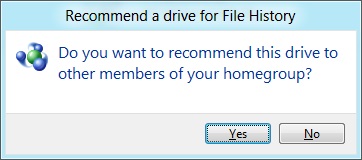
If you save your files to a network drive, you can also “recommend” that drive for use to other members of any homegroup that your computer belongs to.
Remote Desktop
There are actually two versions of the Remote Desktop client in Windows 8—the first is a new Metro-style app, pictured above, that can connect to any Remote Desktop host but is optimized especially for Windows 8 and Metro. The second is the classic Remote Desktop client, which despite being updated to version 6.2 is hidden away in a system folder (the exact path is C:\Windows\System32\mstsc.exe) and is not present either on the Start screen or in any of the Windows Search sections—its operation is basically the same as in previous Windows versions, and it doesn't include the special Metro-centric controls of the Metro-style Remote Desktop app. Take note of this if you need (or prefer) to use the older client.
Windows Defender
Windows Defender, a lightweight anti-malware product first integrated into Windows Vista, has also been given an upgrade. Older versions of the program scanned only for spyware, but the Windows 8 revision picks up the anti-virus engine from the Microsoft Security Essentials product that XP, Vista, and 7 users must download and install separately. Microsoft Security Essentials is my anti-virus product of choice for my computers at home, and it's nice to see this basic level of protection (finally) make it into a default Windows install. Anti-virus companies like Symantec and McAfee may cry foul, but this is a net gain for users and for the state of security in Windows.


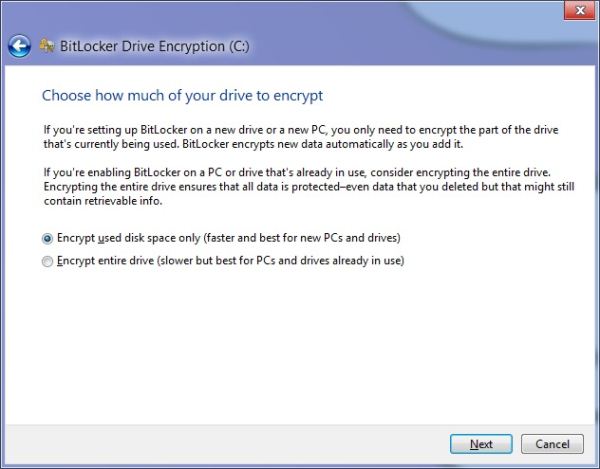
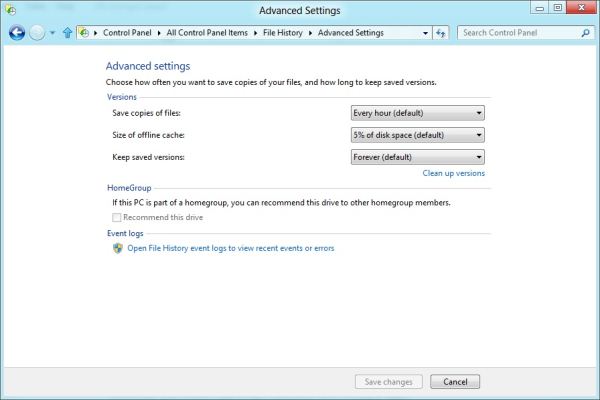
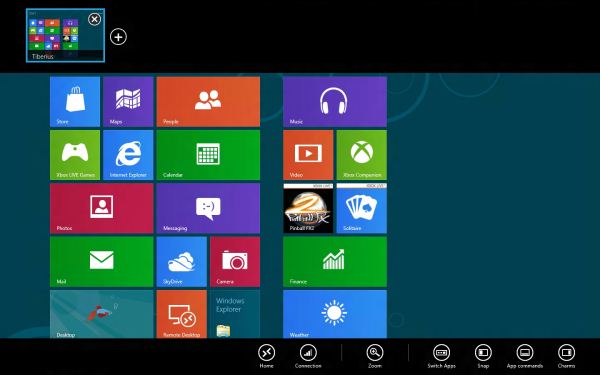
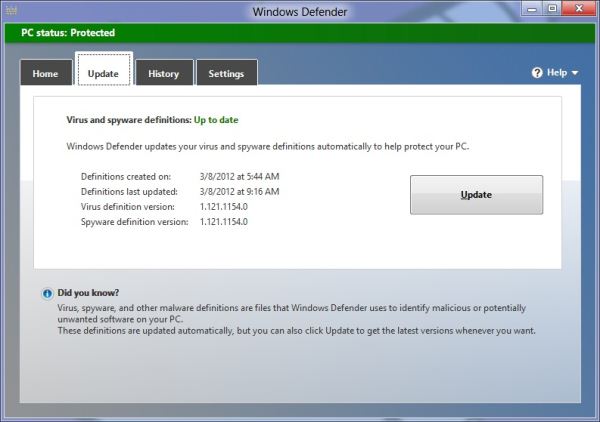








286 Comments
View All Comments
Andrew.a.cunningham - Friday, March 9, 2012 - link
..."Apples IPAD is the reason for sparking the tablet market to what it is today..."Bingo.
medi01 - Monday, March 12, 2012 - link
No bingo. Just price drop on major components. If not Apple it would have been someone else. Just less hyped. Netbook is a good instance of it.Oh, and for anyone who had intensively used pocket PCs, transition to "add a phone to it" was more then obivous too.
kmmatney - Friday, March 9, 2012 - link
Plain and simple - none of those tablets mattered. A co-worker of mine had a Toshiba "tablet" PC back in 2003, running Windows XP. It was just a laptop computer where you could flip the screen around and then you could use a stylus to jot down notes. However it was always easier just to type the notes in, so it was used as a normal laptop 99% of the time. There were very few apps that made use of the tablet capability. I just can't call this device a true tablet, like the iPad. The tablet market didn't really exists until APple put everything together into a package specifically designed for 100% tablet usage.ananduser - Friday, March 9, 2012 - link
Which unfortunately happened to be an enlarged smartphone.bji - Friday, March 9, 2012 - link
What's unfortunate about it? People love the device and its precedent (iPhone) led the way.PopinFRESH007 - Sunday, April 15, 2012 - link
I might have missed it but I don't think anyone said Apple invented tablet computers. As you noted, Apple was certainly the only one who was able to create a tablet market. Those old convertible hinge laptops that Microsoft called Tablet PC's back in the day were garbage and nothing ever happened with them. I don't even remember them lasting on the market for more than a year. Because it was another example of Microsoft cramming a point & click interface into a hand held device. Microsoft can't seem to learn that different form factors and interaction methods won't all work ok with the same UI.kevith - Friday, March 9, 2012 - link
I really like Win 8.The Metro-thing is a very good replacement for the - apparently - beloved Start Menu. Fast and versatile, with the very nice writing-instantly-invokes-search feature. The app-drawer and the "charms", in combination with keystrokes make a very powerful and very fast UI.
The desktop is almost the same, only a few things have changed, all for the better.
I liked Win 7 immidiately, the same goes for 8.
I´m excited to see the final result.
Andrew.a.cunningham - Friday, March 9, 2012 - link
It's interesting, because my initial reaction to Metro was much more negative, but after a week and a half of near-constant usage I took a liking to it. I definitely understand why people object to it, but I think too many people aren't making an honest effort to use the UI and evaluate it on its own merits/demerits.faizoff - Friday, March 9, 2012 - link
Yea very similar reaction for me as well. I didn't like it at first but now find that I'm using it a lot.emalamisura - Friday, March 9, 2012 - link
I have been using Windows 8 as my primary desktop since its release, I am a developer and I have a triple monitor setup at home and I have to say it has had the opposite effect for me. I was excited about it at first, and now I have grown to absolutely hate it and despise it. The main things for me are the primary things you mentioned, the little popup box where start menu use to be dissapears when I try to click it - gets me every time, just cant adjust to it. The charms bar is very difficult to hit, often going to other screen, when I do get it, I often scroll off of it by accident and it vanishes again. I have attempted to use the Windows key more often, but I feel like I am being forced into this situation.Most of the time I avoid using Metro as much as possible, its actually quite useless to me, I go into it and pin as many applications to my task bar as possible so I can avoid going into it at all to launch something. The wierd way that the Desktop shows on my left and right monitors and metro in my primary, and when I try to keep metro up and use a Desktop app it vanishes to an empty desktop is just very wierd to me and not helpful at all! I at least wish I could snap Metro apps onto my other monitors, make it more useful to me...
Microsoft claims "Desktop is just another app", its a bold statement that falls short at every turn. You get dropped into Desktop for doing anything remotely technical, want to change monitor configuration Desktop, want to browse a drive Desktop...etc.
Whats funny is I love Metro by itself, I love all the changes they have done to desktop as well. But when you combine these two things that have no business being together you get this Frankenstain amalgamation that just simply doesn't work, and I don't see how it will ever work! Maybe they can prove me wrong, I hope they do...